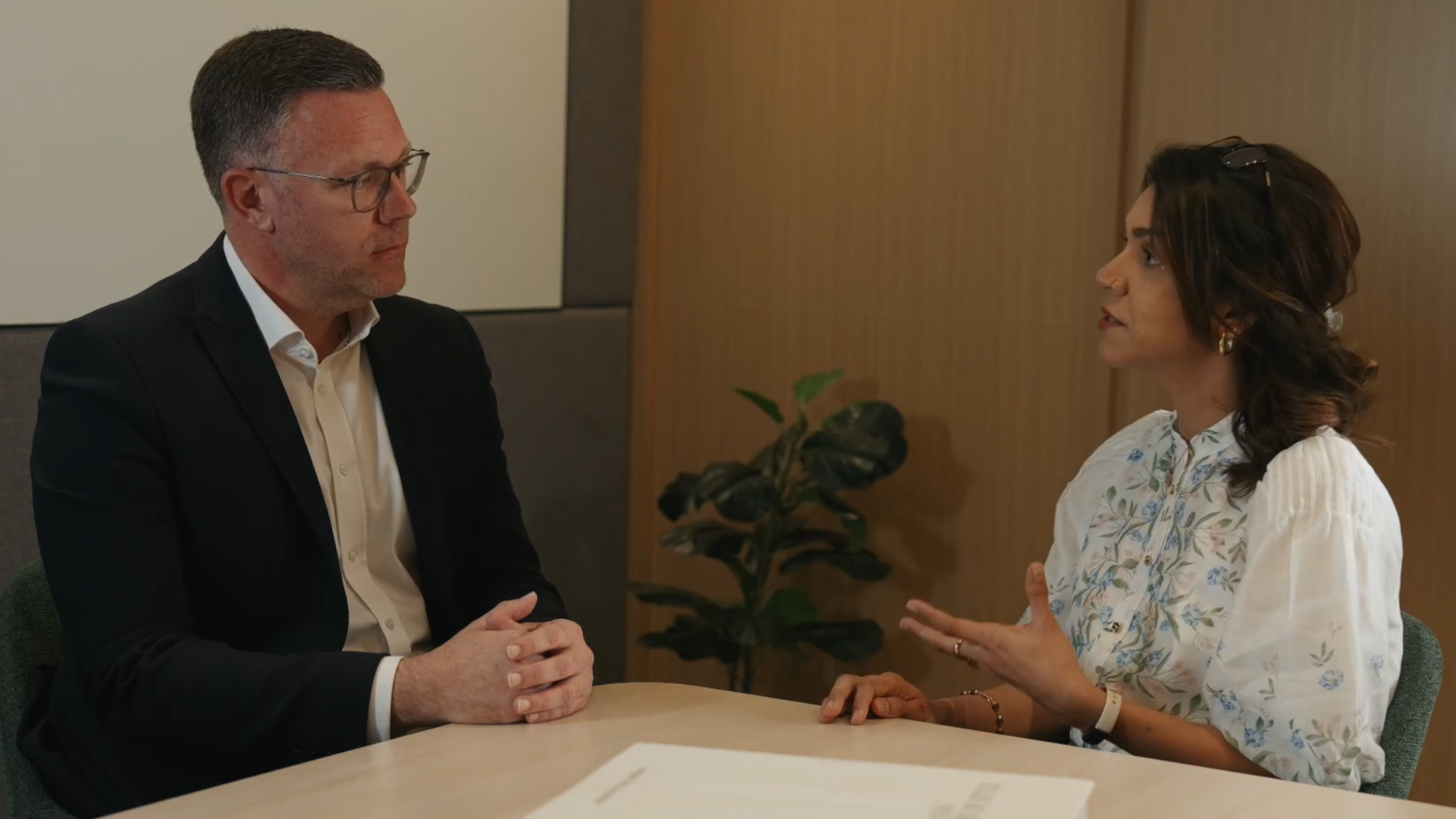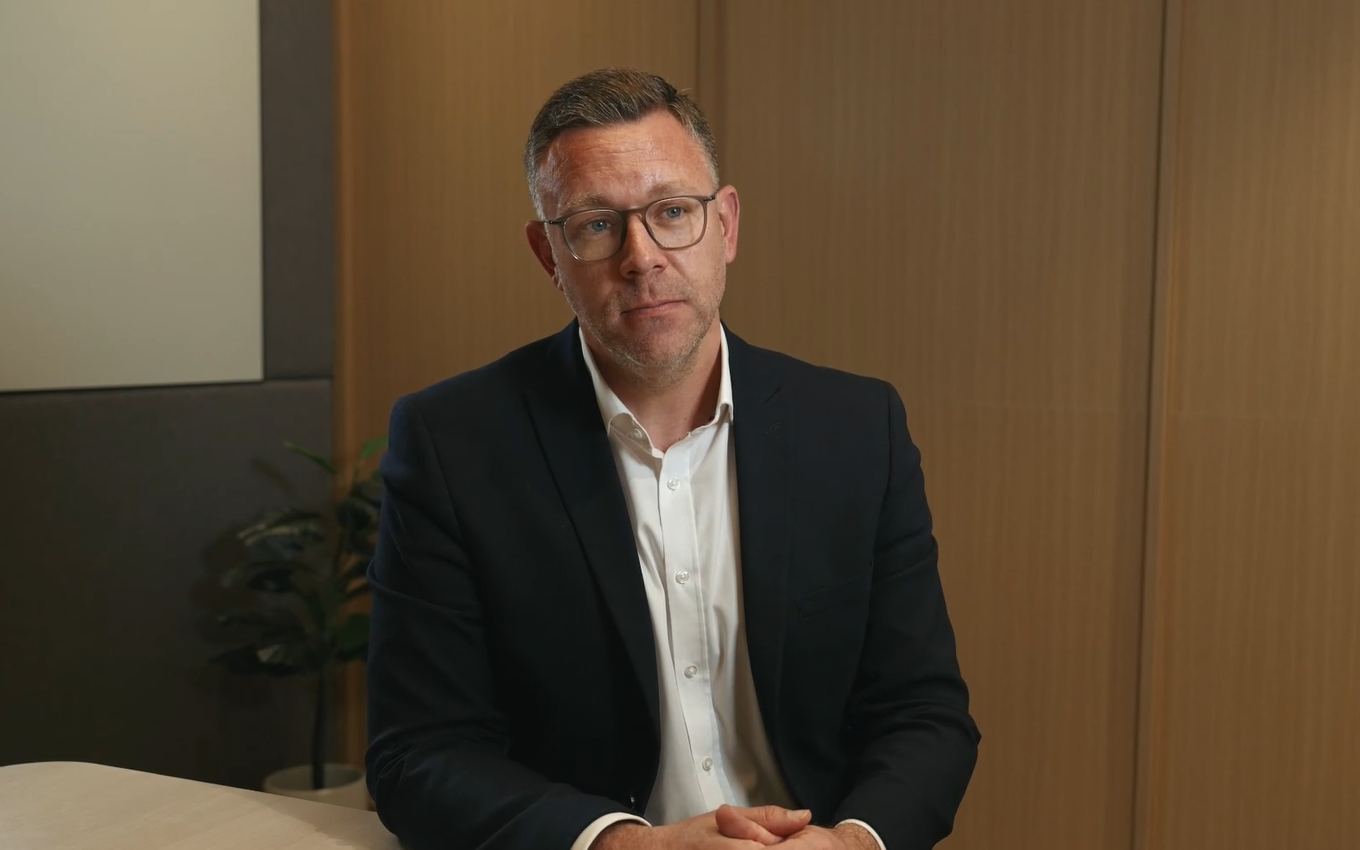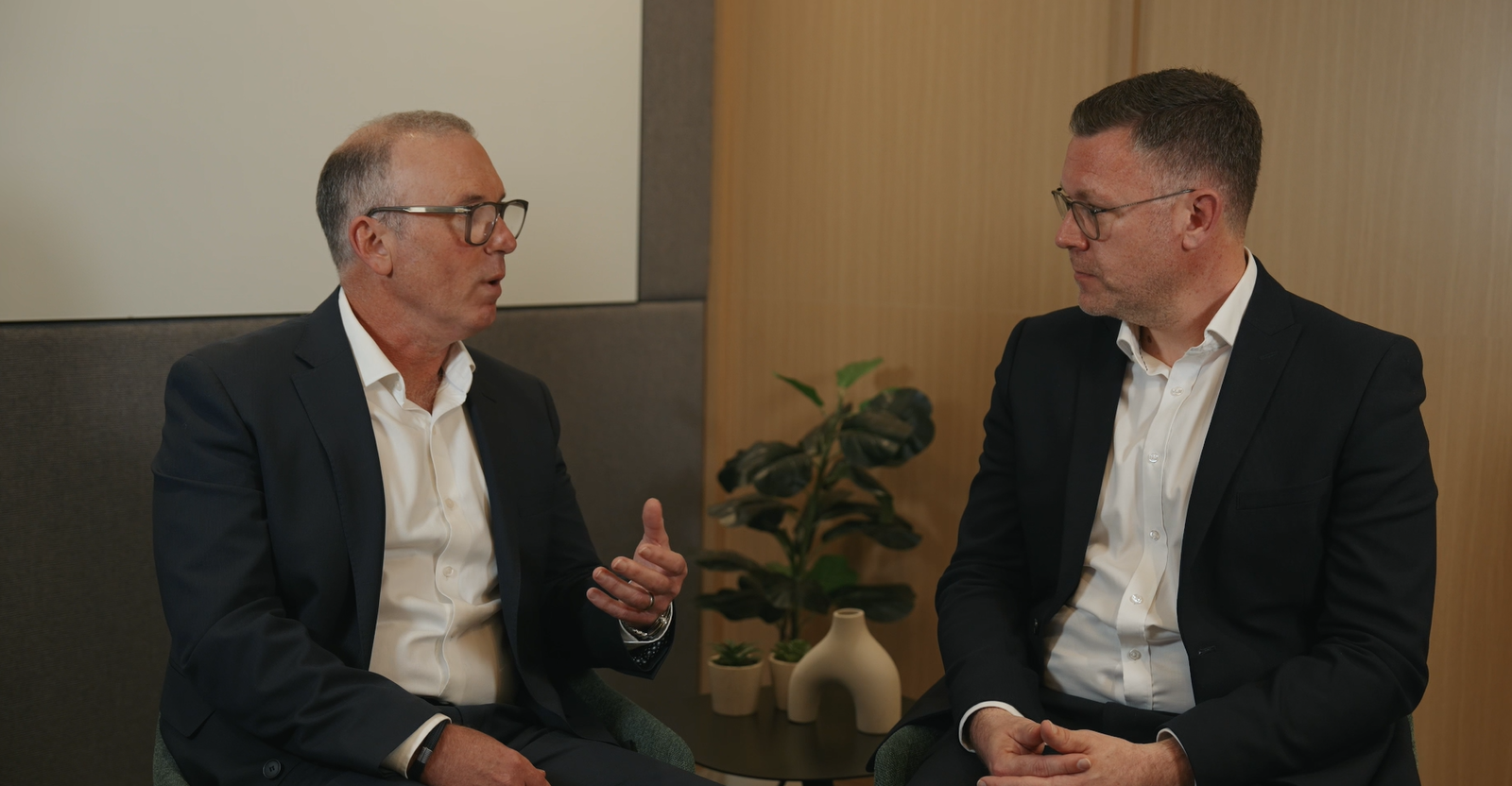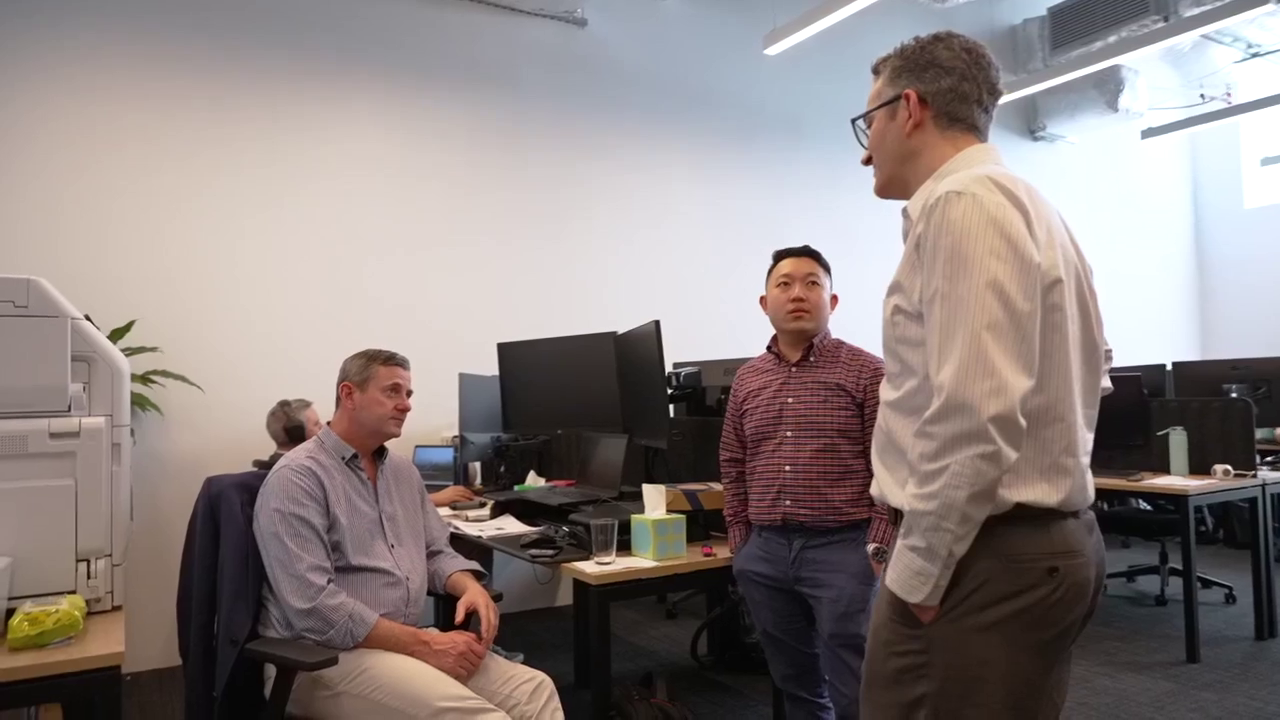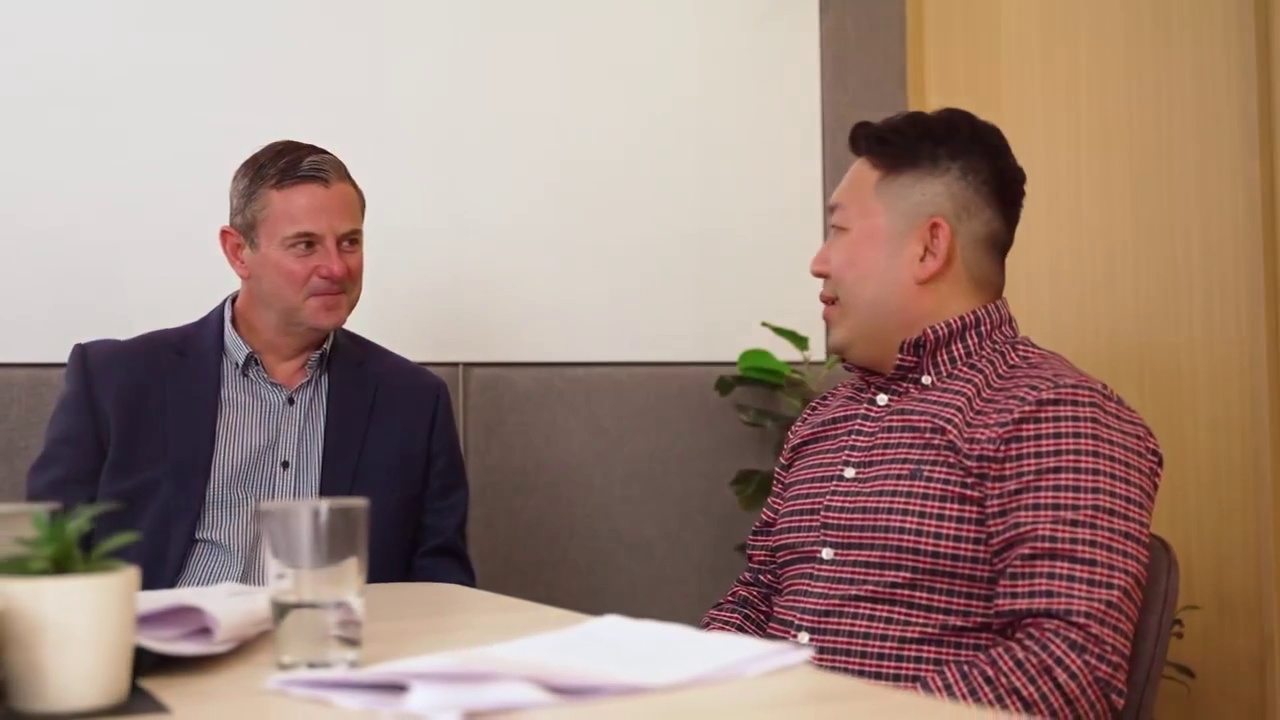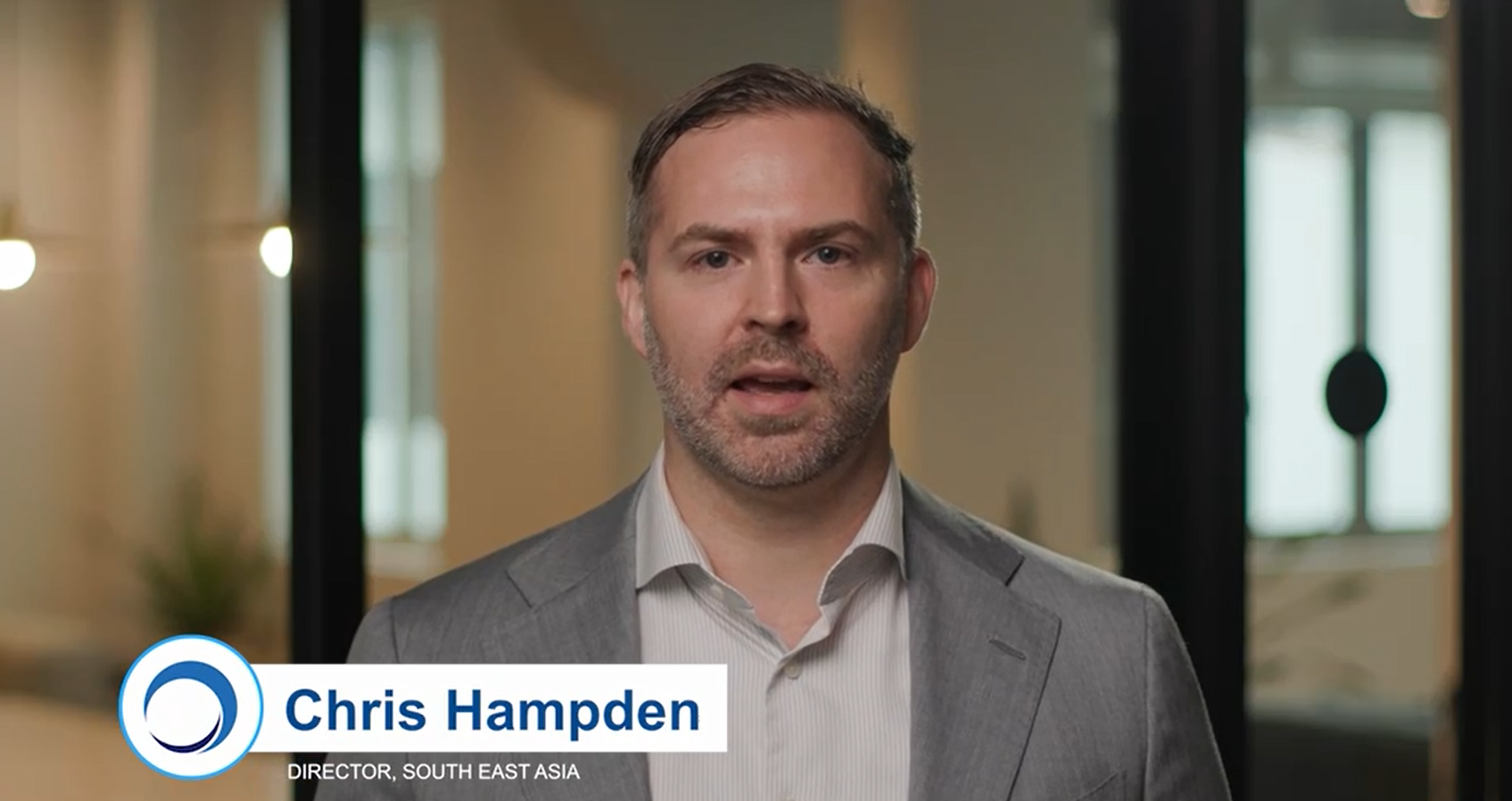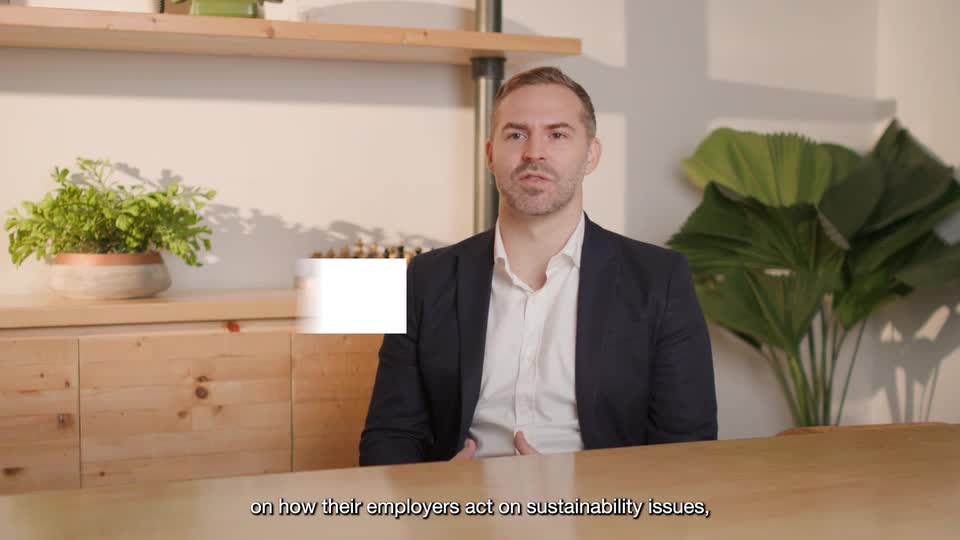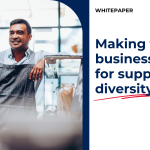- VIDEO
De-Risking your Supply Chain
August 2023
“Recent occurrences such as geopolitical tensions, rising labour costs, trade disputes, COVID, increased import costs and shortages have highlighted the risks with relying too heavily on a sole supplier. Many organizations are now going through a de-risking process with their supply chains…” ArcBlue Director for Hong Kong & China, Keith Gauntlett, explores the challenges that come with the various supply chain de-risking strategies.
Featured
Related Services
Transcript
Asia has been a major global supplier of goods for several decades, boasting a large manufacturing base, low labour costs and an extensive network of suppliers. Consqeuently, numerous businesses have become heavily dependent on certain suppliers for their products and components.
However, recent occurrences such as geopolitical tensions, rising labour costs, trade disputes, COVID, increased import costs and shortages have highlighted the risks with relying too heavily on a sole supplier.
Many organizations are now going through a de-risking process with their supply chains. De-risking strategies tend to fall into three categories:
- Diversifying Suppliers
- Nearshoring or reshoring production, or
- Enhancing supply chain resilience by investing in technology such as AI, blockchain and the Internet of Things.
It’s important to carefully weight the potential benefits and challenges of each different strategy to make an informed decision. So let’s explore some of the challenges:
- Additional Costs. While the benefits of nearshoring or onshoring can include reduced transportation costs, improved lead times, and increased resilience; implementing new logistics and transport systems may actually result in higher costs. Don’t forget the potential cost for customs when sourcing from new suppliers as well.
- Forming New Supplier Relationships. Simply finding new suppliers can be a key challenge. You’ll need to identify appropriate suppliers, ensuring they have similar levels of experience and establish relationships with them. These new suppliers may actually charge higher prices.
- Quality Control. Quality control is another significant challenge. Businesses need to do their due diligence and implement quality control measures.
- Intellectual property Risks. Intellectual property protection is a concern when sourcing from new suppliers and you may need to invest in additional legal and contractual protections to safeguard your IP.
- Cultural and Language Barriers. Finally, navigating cultural and language barriers can increase the complexity and time required for sourcing and managing your supply chain in new countries.
De-risking your supply chains is a vital but complex process. Businesses need to weight up the potential risks of continuing as they are, versus the challenges and cost of change. You should carefully plan, research and execute de-risking strategies to ensure business continuity.
KEEP WATCHING







